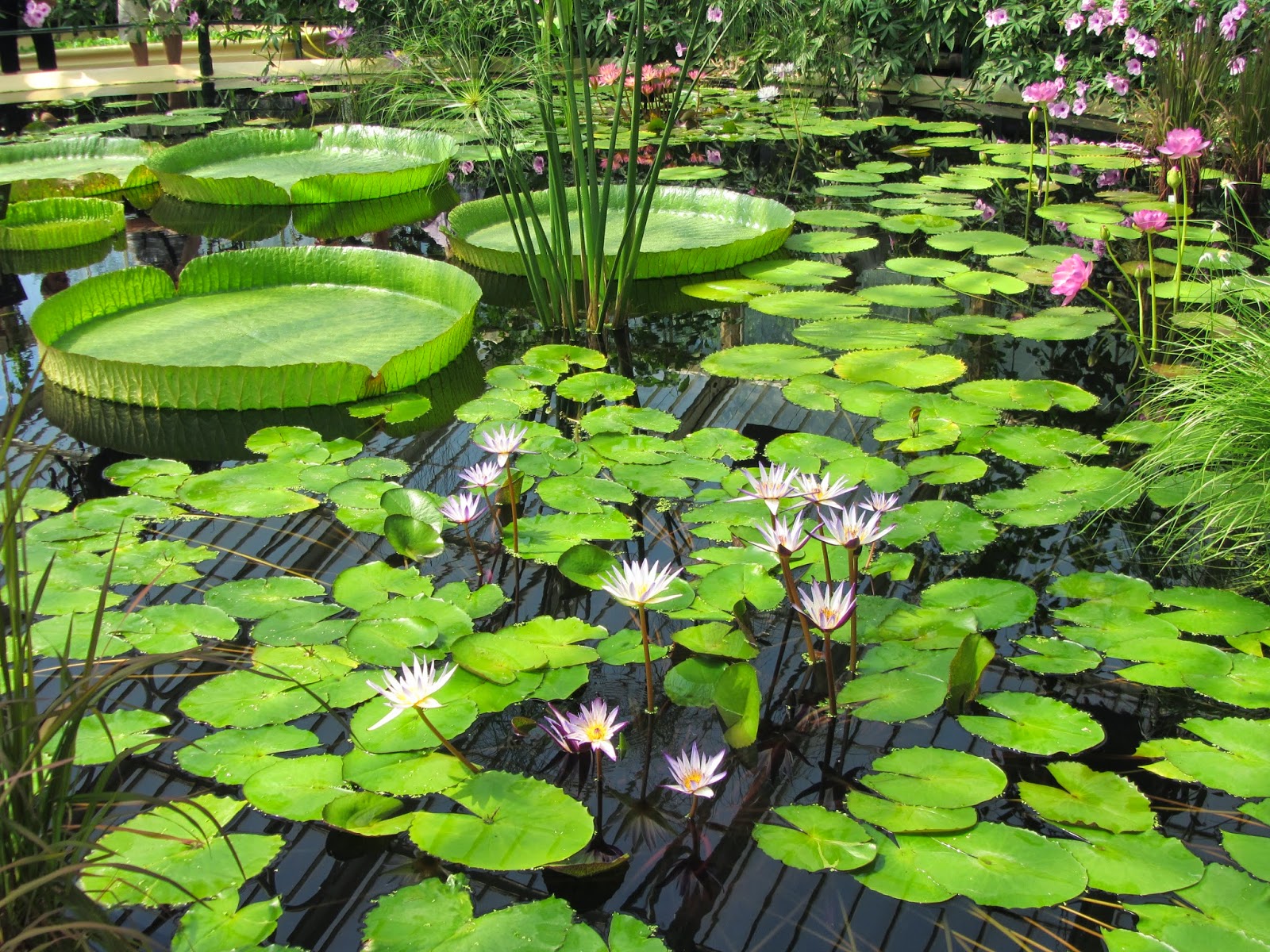I did not know much about In the Penal Colony before I booked it but the key facts are on the poster, it was by Philip Glass and was based on a story by Franz Kafka, which was more than enough for me.
It also appealed to other people and I got four tickets intending this to be an evening out for two couples. Then the women dropped out for good reasons and I had to draft the other son in as a substitute.
The Arts Theatre, just of Leicester Square, was a new venue to me. The travel proved to be messy and I just got there in time to collect the tickets and get a beer to take in with me.
The stalls (I was in seat E9) were dark, hot and packed but comfortable with a good view.
 The music was provided by The Perks Ensemble who sat on the left side of the stage (leaving the front part free) in the dark wearing black. Which is my excuse for not being sure how many of them there were but I think that it was five including a conductor.
The music was provided by The Perks Ensemble who sat on the left side of the stage (leaving the front part free) in the dark wearing black. Which is my excuse for not being sure how many of them there were but I think that it was five including a conductor.With a range of instruments to play with Philip Glass' music was more melodic than some of his pieces while retaining its familiar rhythmic heart. The movements were fairly short and the structure reminded me of some of his collaboration works which also have many short pieces, unlike some of his other works that I have seen recently which lasted for several hours.
The story, which I did not know, was simple and very dark. A visitor to a colony was treated to a display of a torture machine that he found abhorrent but which the guard was very proud of and saw as an important part of their local customs. The torture/execution took several hours and was heavily ritualised with the machine writing on the victim at one stage and there was a pause in the torture for reflection after three hours.
The key part of the complex machine was called the harrowing.
The execution that was planned was for a soldier who fell asleep on his job, which was to salute the Sergeant's door on the hour every hour through the night just in case the Sergeant opened it. He was convicted with out a trial and did not even know that he was about to be executed. This story appalled the visitor even more.
It was as the tale of the torture machine developed that I was glad that the two ladies had been unable to attend. It would have been like expecting them to watch Sin City.
Despite the deeply dark subject matter, and the deeply dark ending, this was a beautiful production in which the music triumphed over the subject matter. Making sure that this happened was the singing of the visitor and the guard which was delightful. Unfortunately I have no idea who they were otherwise I would tell you. Good support came from the other two singers/actors.
In the Penal Colony was probably one for the Glass (or Kafka) purists and those of us in either of those camps had a great evening which we recognised with much enthusiasm and energy; whoops and cheers were involved.






















































